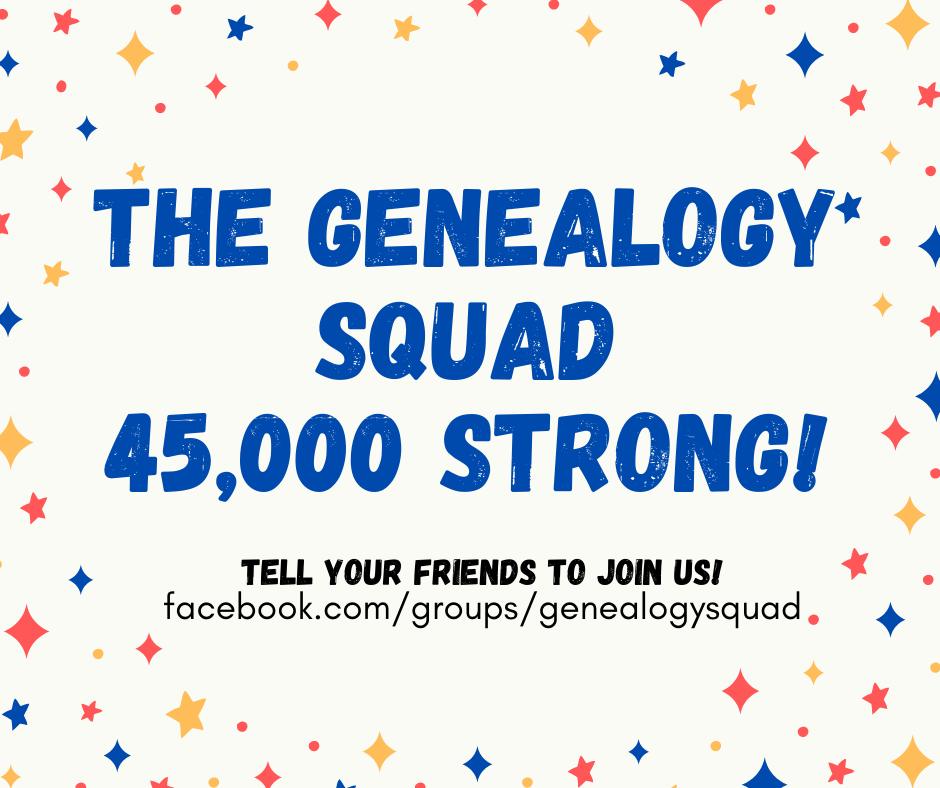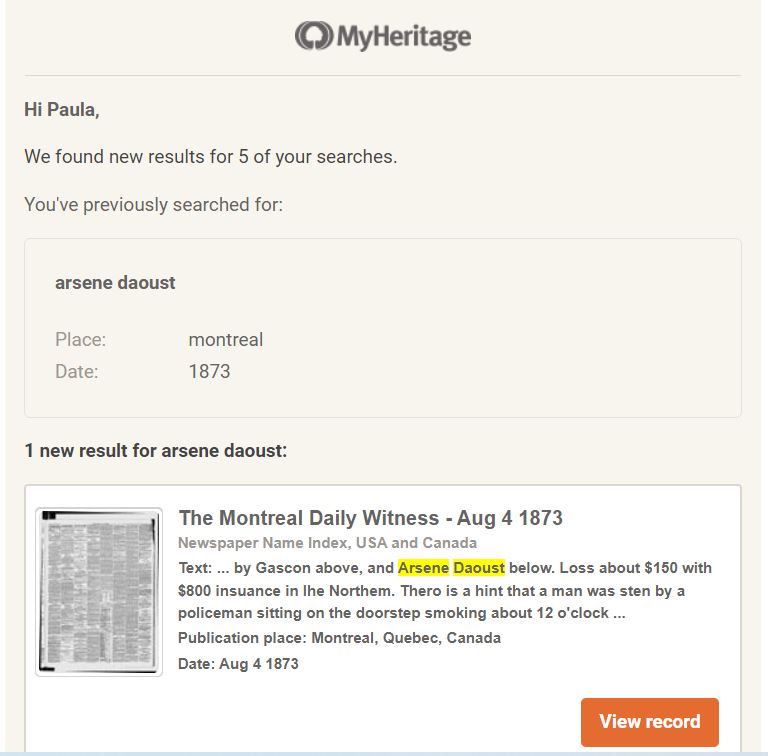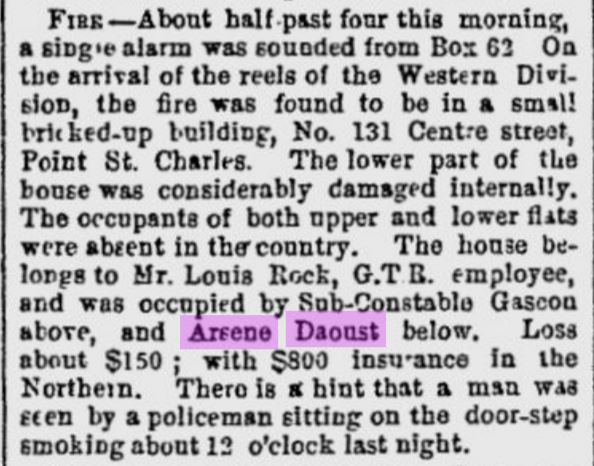The Genealogy Squad: another milestone
45,000+ family historians can’t be wrong. Four administrators, designated helpers, and 45,000 other people willing to ask, share, and it’s one of the best groups on Facebook. We learn, we question, we grow. Part of the “About” for this group states “The mission of the Genealogy Squad Facebook group is to provide a positive space for the sharing of appropriate and reliable methods and resources to assist a global community of genealogists at all levels. We focus on answering questions and solving problems, while demonstrating best practices in all aspects of genealogical research.?” Questions and brick walls are from all over the world. Those who respond are from all over the world. Whether your genealogy questions or quandaries are from the Dingle Peninsula in Ireland or the ocean shore in Oregon, someone knows the answer or where you can look to find more details. It’s all amazing. The promise of a kind atmosphere is true. It’s a place for help, not complaints. It’s a place for thinking, not demanding. Join the smart crowd today. https://www.facebook.com/groups/2307834602793759
In December, the admins made this announcement:



